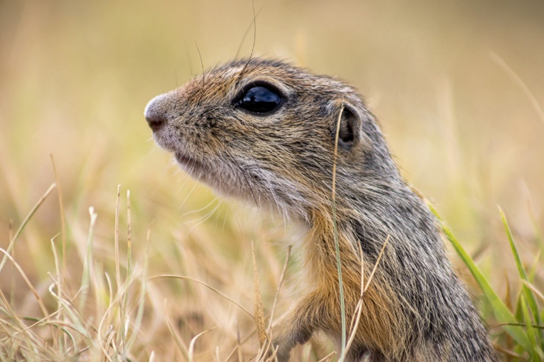
How animals are affected by the seasons in North Texas
As the seasons begin to change in North Texas, animals prepare to survive the different weather changes. To understand how animals navigate the seasons, I have provided helpful resources that will help you understand how wildlife cope with the different weather changes.
1. How wildlife navigates through the winter season
The winter seasons can be a challenge for animals. Adjusting means hibernation, migration or brumation. Animals such as bears, chipmunks, ground squirrels, hedgehogs and box turtles hibernate during the winter. When animals hibernate, they are conserving energy and using their stored fat. Whales, Monarch butterflies and birds are known to migrate to places that are warm during the winter. Brumation is similar to hibernation but applies to reptiles instead. Because reptiles cannot raise their body temperature as seasons change, they stop eating and breathe more slowly. By understanding how harsh winter weather affects wildlife, you can do your part in keeping wildlife safe. Educating ourselves and learning wildlife’s behaviors throughout the different seasons helps us better understand their roles within the ecosystem. Wildlife helps balance the ecosystem within the food chains, carbon cycle, forest fire reduction and soil health.
2. Understand what animals can be hunted and when.
Some animals have certain seasons when they are hunted. It is important to know when it is appropriate to hunt and when it is not. Taking adequate measures goes a long way before going out to hunt. You must get certified; stay in areas you are allowed to hunt and identify open lands to hunt. Reading up on your county’s hunting rules. This article provides a list of animals and their hunting season along with any additional requirements you need to know. This article also presents information on regulations pertaining to specific animals. In the article you can find regulations on light geese, federal duck stamps, wild turkey and deer. Before hunting it is also good to be aware of the areas where it is prohibited to hunt. Some areas require special permission such as Harris County. Majority of the time, the area that people are trying to hunt on is privately owned. These landowners also have the right to charge for a hunting lease.
Restricted areas such as: Aransas River and Poesta Creek, Wallisville Reservoir, Lake Anahuac are just a few places where it is unlawful to hunt with firearms or any archery equipment. In some of these areas as well, it is illegal to discharge pistols and rifles or any other firearms.
3. Learn how animals adapt in the summer weather climate.
As temperatures begin to rise and foraging activity begins to reduce, wildlife are more vulnerable to dehydration, heat stroke, drought, and habitat changes. Often times animals will look for ways to stay cool during the summer. To regulate their body temperatures, animals have different ways to cool off in the summer heat. Some will cover themselves in mud or submerging themselves into a body of water. Animals like mule deer and rabbits use their large ears to help them cool down. Their ears will expand to help aid in heat loss. Mammals and other animals pant. Panting is where animals breathe rapidly to help increase the evaporation of the hot air coming from their mouths. Due to wildlife’s role within the ecosystem, understanding how they affect climate change can change people’s perspectives about wildlife and find more ways to help them during the hot summers. If you do live in areas where wildlife is more persistent in your area, you can set bowls of water out for the animals. It is recommended to set these bowls at a distance from your home so that way you wont be luring any animals back to your home.
4. Volunteer at your local wildlife center
Volunteering at your local wildlife center is an effective way to expand your knowledge and understanding of wildlife. You are working alongside wildlife workers who will be showing you the different animals they take in their center along with showing you ways they care for them. Volunteering also helps have in having a positive influence in your community by spreading awareness and knowledge about wildlife. Some animals that are brought into the center ae injured and in need of help. When you are volunteering, you are advocating for the wildlife center and their mission on keeping wildlife safe. By spreading more knowledge about wildlife, we can increase our efforts to protect more wildlife. The North Texas Wildlife Center is always encouraging people to volunteer. They are big at educating people about why it is important to care for these animals.
Facebook post: Are you interested in wildlife? Would you like to know more about how they navigate through the seasons? Here are some ways you can learn about animals throughout the different seasons and ways to spread wildlife awareness. Check out the North Texas Wildlife Centers website to learn more.
